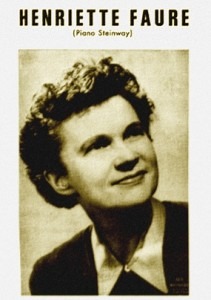
Henriette Faure
The first piano recital consisting solely of Ravel’s music was given by Faure in 1923 at the Théâtre des Champs-Elysées in Paris. She had spent much of 1922 working with Ravel and her recordings are considered closest in spirit to what the composer had intended.
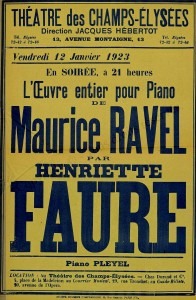
Poster from the 1923 Concert
After I had played the piece, Ravel said only one thing: ‘Your fountains are sad ones. Anyone would think you hadn’t read the epigraph by Henri de Régnier’ (‘The river god laughing at the water as it tickles him’). So I began again, this time at a livelier speed and, in the Ravelian manner, hurrying the hemidemisemiquavers leading up to some of the themes, giving a little air to the curves of the melodic lines and the gaps between them, lifting my hand abruptly to give a cleaner ending to tied notes and above all thinking happy thoughts, so as to turn what I had previously thought was a meditation into a sparkling divertimento. Ravel said, ‘That’s more like it, but you could even so be a little dreamier at the end … as long as …’ and I cheekily finished his sentence with ‘you don’t slow down’. He might have been cross at being mimicked like that but in fact he laughed quite openly.
You can hear the light and playful mood of the waters in her recording. The second piece on the recording, Prélude (05:15), was written by Ravel in 1913 for the sight-reading part of the women’s competition at the Paris Conservatoire.
Ravel: Jeux d’eau and Prélude
In this performance of his Miroirs, she captures perfectly the varying images and emotions of the work, from the sad birds to the humour of his Spanish setting.
Ravel: Miroirs
Faure brings us a living Ravel – someone with whom this music was discussed and perfected and this comes through in her performance.

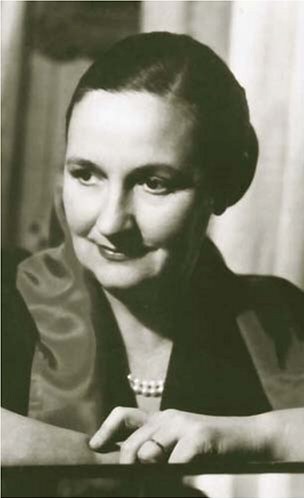
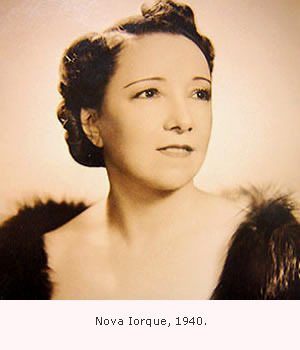
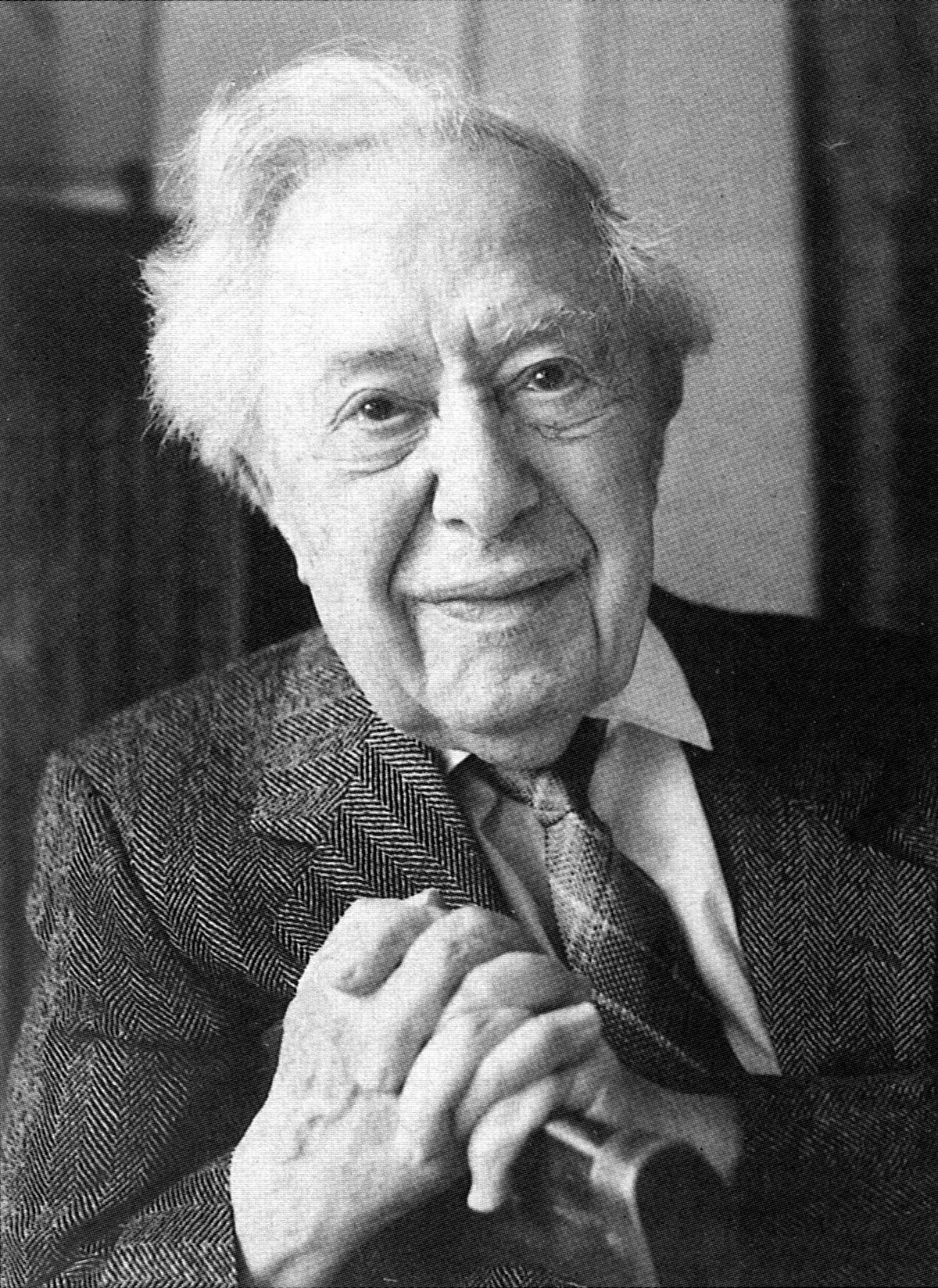
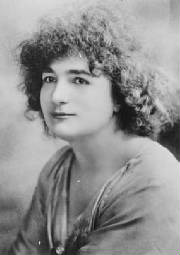



the preludes mentioned are Debussy’s
Thank you for spotting the error. We have it amended.